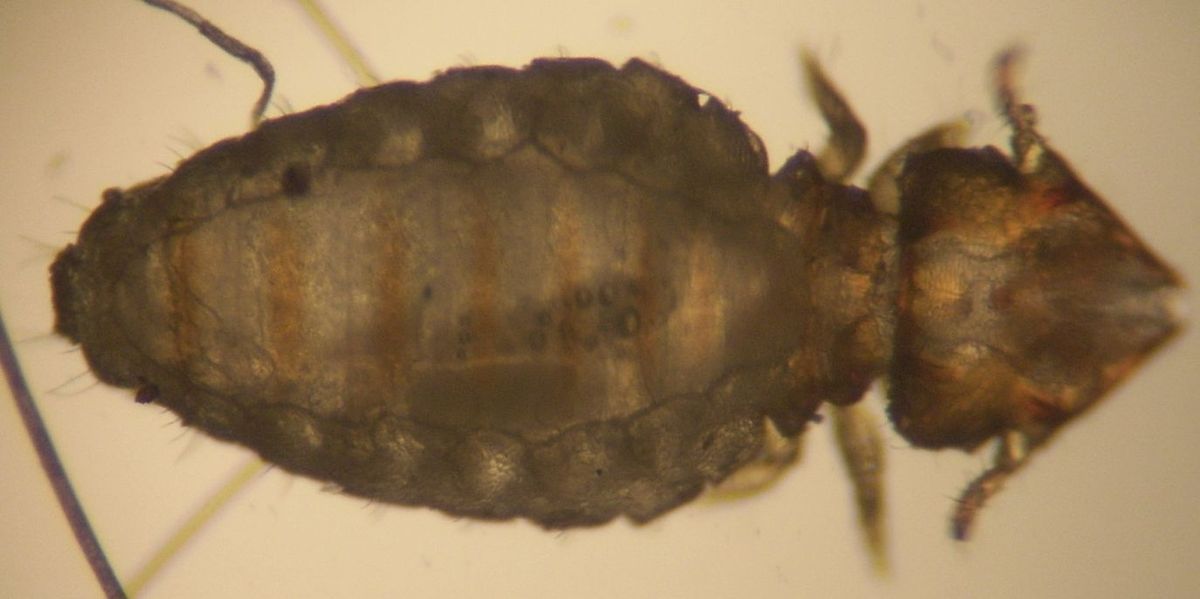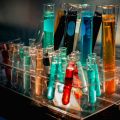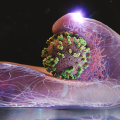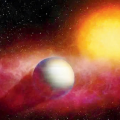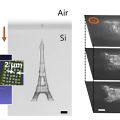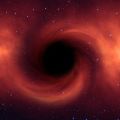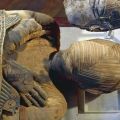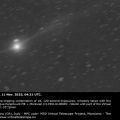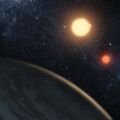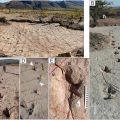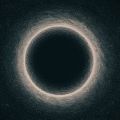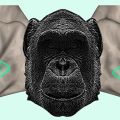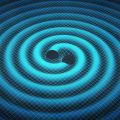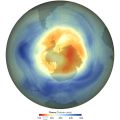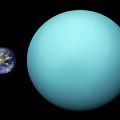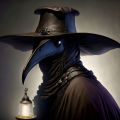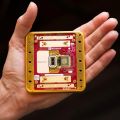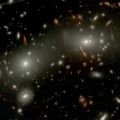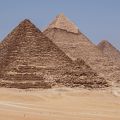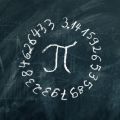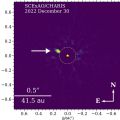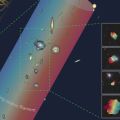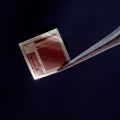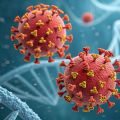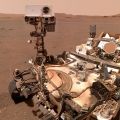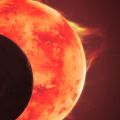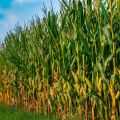Psocodea (classification phylogénétique) - Définition
Source: Wikipédia sous licence CC-BY-SA 3.0.
La liste des auteurs de cet article est disponible ici.
La liste des auteurs de cet article est disponible ici.
En savoir plus
Sources bibliographiques de référence
- Yoshizawa, K. et K. P. Johnson. 2006. « Morphology of male genitalia in lice and their relatives and phylogenetic implications ». Systematic Entomology 31: 350-361.
- Johnson, K. P., Yoshizawa, K. et V. S. Smith. 2004. « Multiple origins of parasitism in lice ». Proceedings of the Royal Society of London 271: 1771-1776.
- Smith, Vincent S., Page, Roderic D.M. et Johnson, Kevin P. 2004. « Data incongruence and the problem of avian louse phylogeny ». Zoologica Scripta 33(3):239-259
- Yoshizawa, K. 2002. « Phylogeny and higher classification of suborder Psocomorpha (Insecta: Psocodea:'Psocoptera') ». Zoological Journal of the Linnean Society 136: 371-400.
- Johnson, Kevin P., Adams, Richard J., et Clayton, Dale H. 2001. « Molecular systematics of Goniodidae (Insecta: Phthiraptera) », J. Parasitol., 87(4), 2001, p. 862–869
Autres sources bibliographiques
Sources internet
- Psoco Net
- Charles Lienhard, 2002, « Classification of Psocoptera (with checklist of genera) »
- The Tree of Life Web Project
Liens internes
- Arbre phylogénétique
- Eukaryota (classification phylogénétique)
- Metazoa (classification phylogénétique)
- Arthropoda (classification phylogénétique)
- Insecta (classification phylogénétique)
- Arthropoda (classification phylogénétique)
- Metazoa (classification phylogénétique)
- Orientation bibliographique en entomologie
- Photo-guide taxinomique du monde animal
- Psocodea - Psocoptera - Phthiraptera
Débat scientifique relatif à la phylogénie des Psocodea
Les Psocodea regroupent les anciens Psocoptera et Phthiraptera, les seconds, parasites, semblant être apparus à deux reprises (groupement polyphylétique ?) au sein des premiers (qui forment donc un groupe paraphylétique), parmi les Troctomorpha.
La phylogénie des Ischnocera n'est pas élucidée, l'analyse des données morphologiques et moléculaires produisant des résultats incompatibles entre eux. La classification d'Eichler (1963) semble en tout cas être obsolète, nombre de ses familles et sous-familles étant paraphylétiques.
